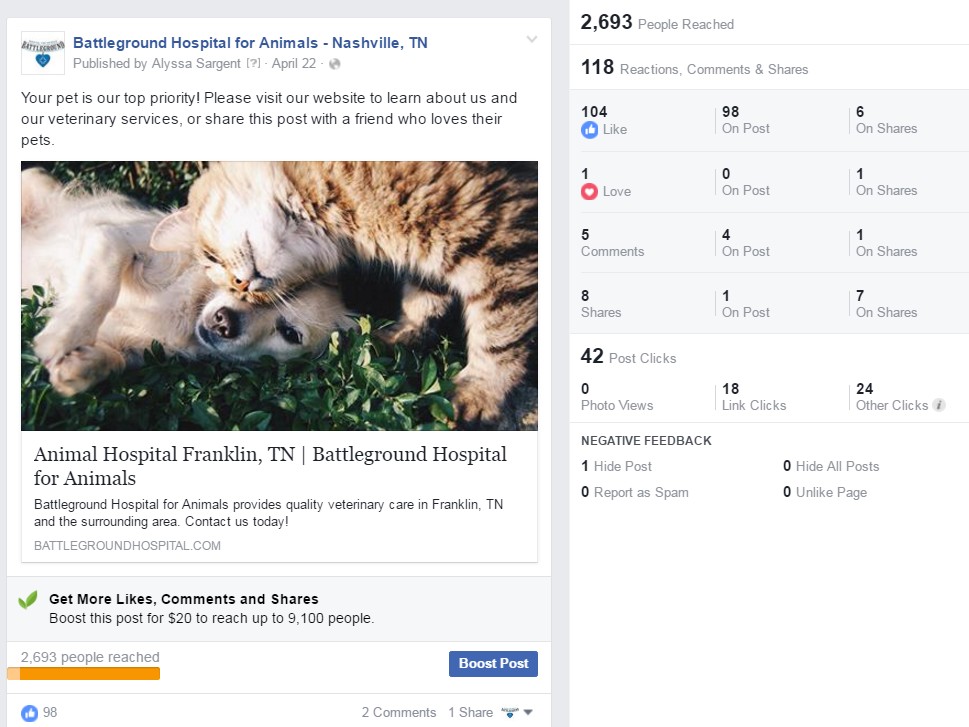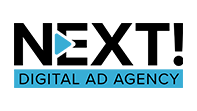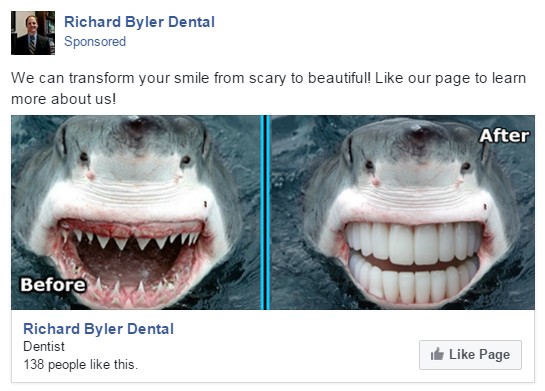If you regularly post content to your business’ Facebook page, you’ve probably noticed a reduction in overall reach. This, unfortunately, is a result of Facebook’s pay-to-play transition that emphasizes paid advertising.
Facebook continues to downplay the idea that declined organic reach is a strategy to motivate businesses to advertise, claiming it to be a natural evolution of their algorithm, “Edgerank,” and is intended to promote the overall “user experience.” Though that claim has been contradicted at times, the fact remains that the average organic reach of a post on Facebook has dropped to just 2% of a page’s fanbase (Expanded Ramblings) and paid ads are the best way to offset the drop.
Though the need for advertising on Facebook has become obvious, many business owners lack a marketing background and often struggle to understand how to run a successful ad. Sure, Facebook has dozens of walkthroughs and FAQ pages to help with the process of making an ad and paying for it, but they don’t really help you determine the optimal marketing approach for your ad.
My familiarity with the Facebook ads that I have ran, as well as the ones that I have seen others run, has helped me determine useful strategies that could also help your Facebook ad. Below are some of the most crucial elements to running a successful advertisement on Facebook.
Text:
If you’re a seasoned business owner, you’re probably old enough to have observed the diminishing attention-span of the average American. Social media is certainly a big reason for that, making it extremely important that you keep your ad’s body text short and to the point.
So often, I see ads run by other businesses on Facebook with essays about their business’ entire story. Chances are, nobody is reading that text to completion. I know I won’t. If they wanted to learn your whole story, they would go to your website.
Your Facebook Ad’s body text should be no more than 50 words (most of the time) and the main point of your ad should be in the first sentence. If you are offering a discount, for example, you will want the discount to sit in the first sentence of your body text.

With a very modest budget, this boosted posted got to the point quick and still managed to identify their value to pet owners. The strong reach, website clicks, and engagement showcase what an advertiser can do with even the lightest budget.
Additionally, you should also avoid trickery or any sort of deceptiveness in your text. If an optometrist is running an offer featuring a free second set of glasses to someone only after they have a full eye examination and pay for the first set of glasses, they should avoid saying something along the lines of “Free glasses!” If the perspective patient has to go all the way to the doctor’s website and realize the catch, they aren’t likely to be very happy.
Images/Videos:
Finding the appropriate image or video to use in your advertisement is arguably the most important element in the entire process. Humans are extremely image-centric and are more likely to stop to look at a post with a strong visual stimulant.
Obviously, you don’t want your ad to use a totally irrelevant image just to catch the eyes of Facebook users. You will need to pick an image or video that specifically matches the goal of your ad.
If a dentist is running an ad promoting a 50-percent discount on teeth whitening services, they are best served figuring out who is likely to benefit most from this offer, and cater to them.
So, if their teeth whitening offer is running from late May through the summer, they might want to target people who plan on attending a wedding. Finding an image that fits this audience will likely catch their eyes more effectively (especially when combined with proper targeting, which I will reference later).
Obviously, in that specific example, there are likely other groups that could benefit from the ad, which is fine. You can run as many ads as you want, so you can create many ads for the same promotion that are all specifically catered to a different audience.
If, on the other hand, your goal is just to get engagement and increase your brand awareness, a more social approach can be useful. This would require a social picture that is eye-catching and engaging. It could be a funny cartoon, a pleasant video that you took, or anything along the lines of what people are used to seeing on Facebook. You want your ad to look like it’s something the audience wants to see.
The average Facebook user can spot a generic ad so fast that they almost involuntary skip it when scrolling through their news-feed. You want them to engage with your content (Like, comment, share) to boost its circulation, so you will want to give them something they will enjoy that is related to your business.
For more on the importance of visuals, check out our earlier blog post.
As for video, Facebook has made it known that they have set their sights on dethroning YouTube as the internet’s leading video content website. Though it’s a long-shot, Facebook has done a great job of increasing the value of video content on their platform.
In fact, Facebook actually favors original organic video content in terms of reach, which is a great motivating factor to create and upload your own videos. SocialBakers noted that the average video post generates 135% more reach than generic photo posts.
Video advertising on Facebook has proven to be right next to YouTube in terms of value for your video and brand exposure. If you want to get eyes on your video, you would choose the “get video views” option when creating an ad, or you could upload a video organically and then boost the post (which is good for continued use and engagement).
When determining a video to upload, it’s best to keep it short and sweet (as with any type of post these days), as video views tend to drop dramatically after about 10 seconds. With the auto-play feature initiating a video on a user’s newsfeed, you want to catch their eyes long enough to make your point.
Advertising short educational videos, for example, will generate engagement and views that can promote your brand awareness. Alternatively, you could run a quick commercial that showcases your business or product and encourages viewers to visit your website. Either way, video advertisements offer amazing potential for your advertisement.
Targeting:
So, you ran your ad for your local sports bar and it had an amazing reach of 35,000 Facebook users. Unfortunately, you didn’t set your geographic targeting and it was delivered to the entire United States of America. The result of this is an almost useless ad that was seen by Facebook users who may never even be in the same state as your business.
Setting appropriate targeting for ads is often what sets a bad ad apart from a good ad. Thankfully, Facebook’s targeting is as detailed and accurate as you will find in online advertising.
If you decided to give Facebook ads a shot, you should be sure to set the following targeting options; location, age, and interests/behaviors/demographics (aka “detailed targeting”).
That same sports bar from the earlier example would likely need to target ages from 21-35 to deliver to the appropriate age-group.
If the sports bar caters to young adults, it might also make sense to target people with relevant interests and behaviors (drinking, sports fans, ect.). You could even go a step further and select “college student” as the optimal demographic for this particular ad.
Honestly, each one of these advertisement elements could be it’s own blog post. There is a lot of thought that should go into your ad if you want it to be successful. Certainly, you can always find advertising experts who will run the ads for you at NEXT! Ad Agency. This will not only help save you time, but also ensure much stronger results.
If you have any questions or comments about Facebook Advertising, please comment in the section below!







